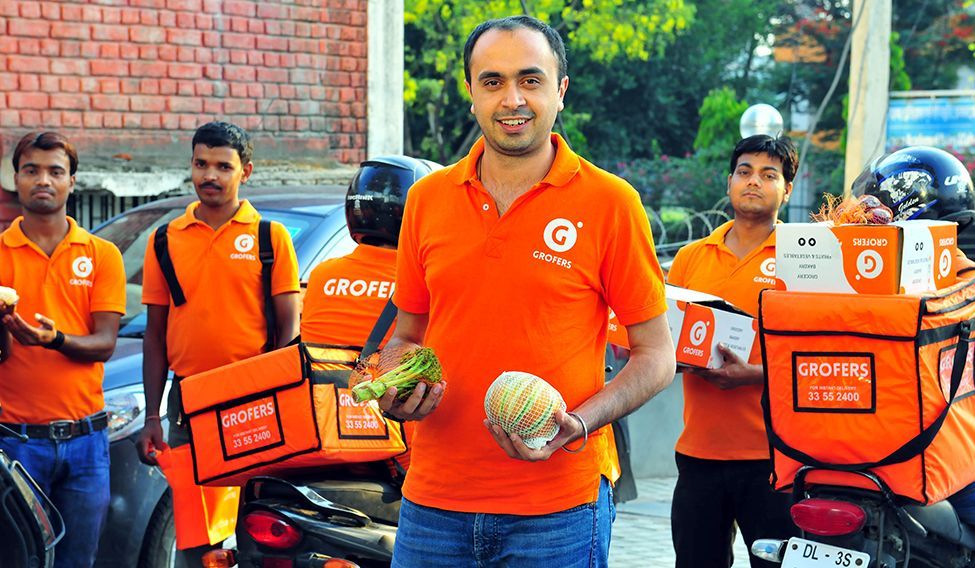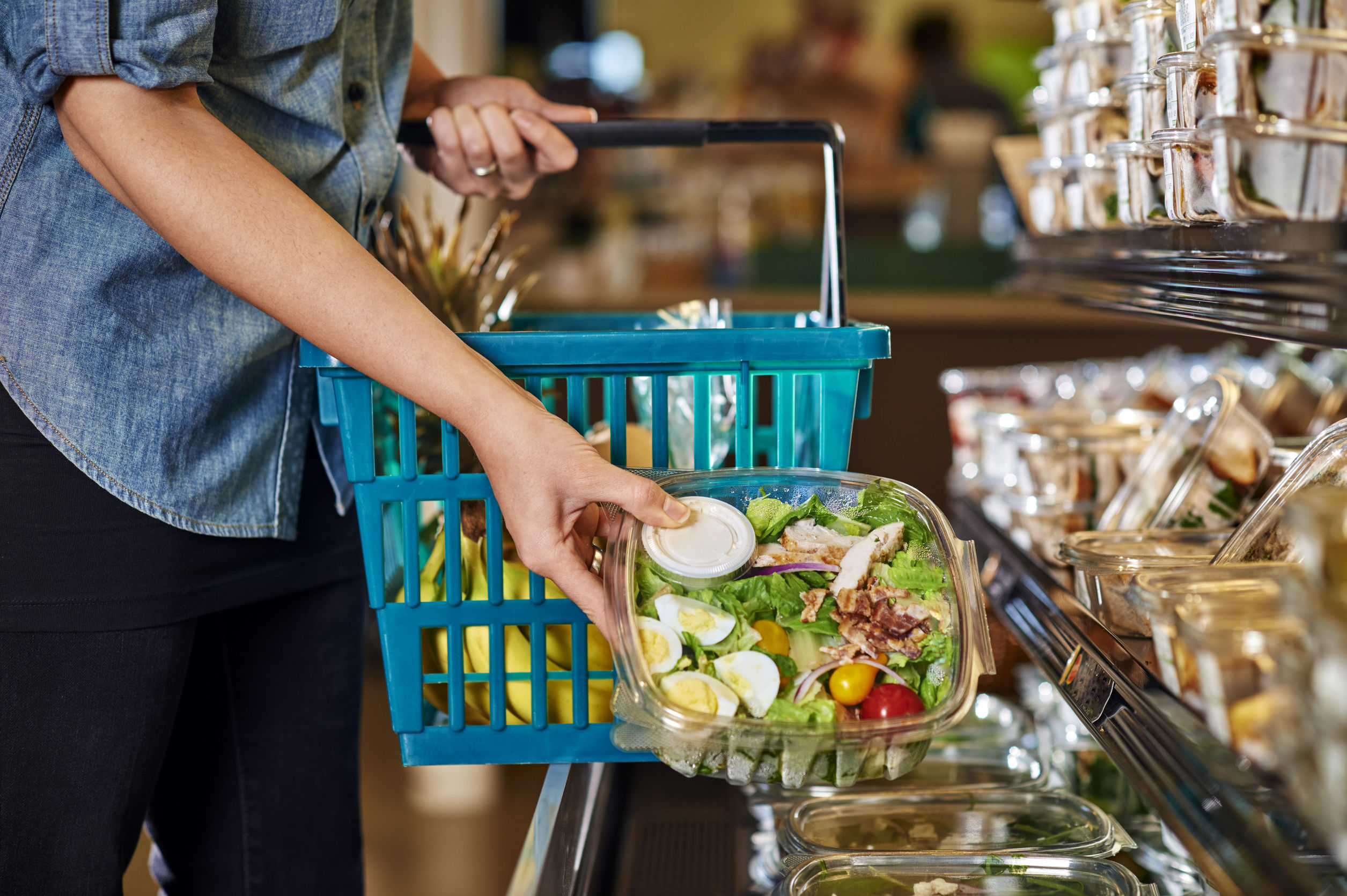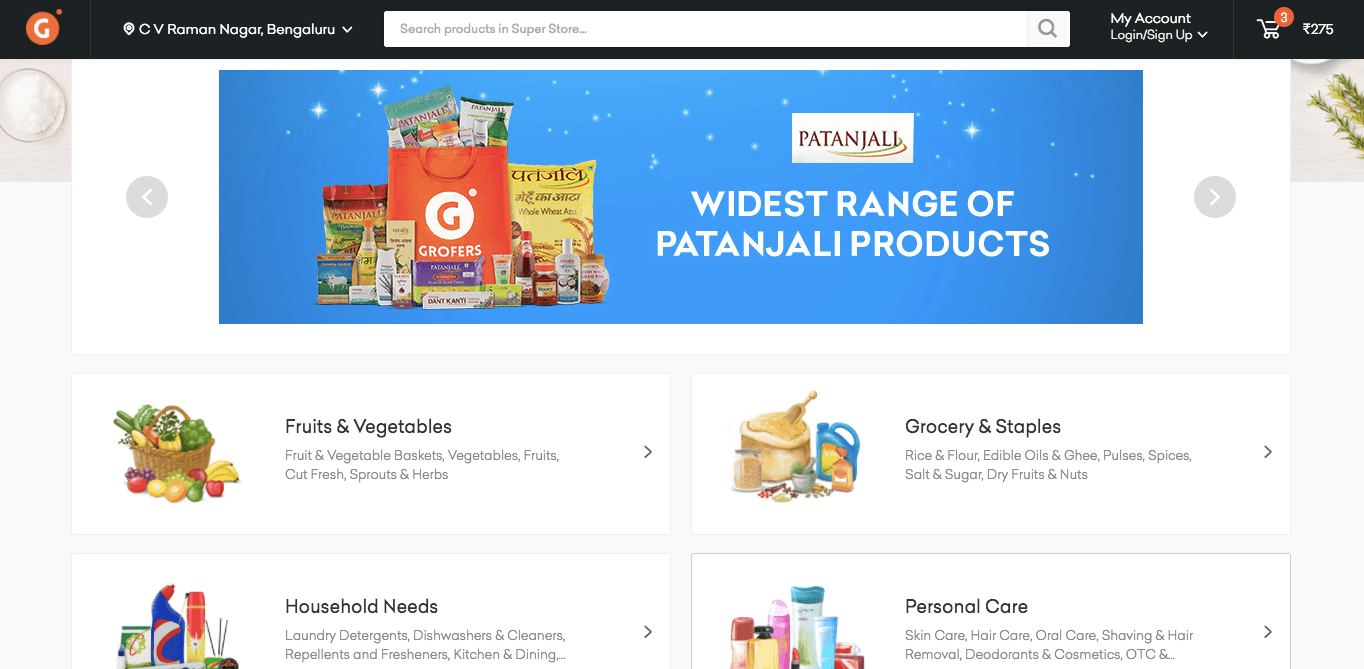//

Photo credit: gratisography.
In April this year, Grofers ran a sale. The delivery startup was still app-only, and the temptation of getting daily household essentials at cheap rates made droves of new customers come online and order.
The app broke.
“The company saw a peak of more than 60,000 orders a day. But right after that, we said we are not going to run any more promotions unless we can fix our system, because the load completely broke everything in our system,” Albinder Dhindsa, co-founder and CEO of the Gurgaon-based company tells Tech in Asia.”
The problem? Grofers had bitten off much more than it could chew. Logistics were broken, long packaging times angered customers, shops ran out of stuff to sell, and it was mayhem all around.
Tiger Global and Sequoia Capital-backed Grofers is an online-and-app based grocery delivery startup, launched in 2013. It competes with Bangalore-based Bigbasket, but unlike them, believes in an inventory-light, aggregator model. That is, until April, when Albinder and team realized they needed to bring around some serious changes if the company were to get anywhere.
Pushed to “outgrow rivals,” and armed with massive amounts of money, the company launched an expensive TV spot and spread to various zip codes across India, fearing customer backlash if they saw the ad but realized the service was not available in their neighborhood. At that time, Grofers was servicing 27 cities across the country. (It’s in around 20 cities now).
“However, at that time we did not have the bandwidth to build the necessary supply chain. After our biggest cities started settling down, we now have the bandwidth to add these cities back,” Albinder says candidly, a rare quality in an entrepreneur these days.
Grofers started off as an online runner-boy, where customers could place orders from neighborhood stores.
Misses galore
After the April awakening, Grofers made a ton of changes to how it handles business. It did all that startups do when they have to trim costs, but also decided to up and alter its business model.
The biggest learning was in realizing how certain assumptions failed them in real life.
“One of the things we did not know was how much supply-chain involvement would be required from our end. As we started scaling up, the merchants were struggling with demand. Then we had to start making a lot of supply chain investment, which is actually something we were trying to avoid when we started initially,” Albinder says.
Grofers is now clocking half of the orders it was in July, but at a higher basket value.
“We thought we will leverage the supply chain that already existed, and we’ll add the last mile to it. We wanted to be a pure-play delivery service without doing retail. But subsequently, we realized how thin the existing supply chain was, we had to start making those investments.”
By July, the company was hemorrhaging around US$36,000 a day.

Albinder Dhindsa, cofounder and CEO of Grofers. Photo Credit: The Week.
So it fired about 10 percent of its workforce, rolled back expansion, and stopped spending money on adverts. But more importantly, it started investing in a back-end supply chain. Albinder says the cost-cutting moves now help him save US$4 million a month as compared to same time last year.
“After we raised US$120 million, one of the first things we did was shut down six cities,” Albinder says.
“Subsequently we’ve started opening those cities again. But now it is no longer a funding war, because after our last fund raise we are fairly confident that not a lot of people will be able to come to the market and raise that much money in this sector.”
Investor Sequoia is looking hopeful.
“Over the past year, Grofers has been quietly working towards dramatically improving its backend – by building a reliable supply chain, improving delivery logistics, and investing heavily in technology, all of which leads to an improved user experience and business financials. As members on the board, we monitor these numbers carefully and are very pleased with how they have trended in the last six months,” Abheek Anand, principal at Sequoia Capital tells Tech in Asia.
Grofers reported a net loss of US$587,040 in FY15, its first full year of operations, according to media reports.
At that time, the company’s total revenue stood at US$129,449.

Delivering groceries is tricky business. Photo credit: briangoodman / 123RF Stock Photo.
Albinder says the company’s marketplace business (where it is still an aggregator, as opposed to stocking up some inventory) is currently profitable, making US$0.45 on each delivery. This segment makes up 15 percent of all revenues.
Grofers is currently clocking half of the orders it was in July, but at a higher basket value. Each basket now is worth about US$15, as opposed to around US$11 back then.
We did not know how much supply-chain involvement would be required.
The startup’s other segment is the inventory-managed model, where it has worked with about 800 “channel partners” for the past three months. These stores are helping the company redo its last mile and get items to customers faster.
“[The model] is closer to what ‘fulfilled by Amazon’ is. But in the case of Amazon, sellers keep inventory for Amazon to ship, whereas we are keeping the inventory to stock them up whenever their stores are running low,” Albinder explains.
To be or not to be asset-light

Photo credit : hideko1979 / 123RF.
In a way, the debate here is much larger than Grofers. It is an age-old tussle among entrepreneurs and VCs – should companies be asset-light to help expansion, or is it wise to own your inventory, and move at the pace of an elephant?
Grofer’s biggest rival, Bigbasket, falls under the latter category. It owns a massive chunk of its inventory, and likes to control the process end-to-end, right from buying vegetables, to sorting them, to delivering them to customers. It also has the advantage of being led by grocery industry veterans who turned founders.
See: BigBasket’s secret to handling 35,000 orders a day, where even Amazon fumbles
“Bigbasket has been in the grocery business for longer, and so they probably had a better appreciation of the subtle aspects of the business. Second thing is that they were very focused. They didn’t go and expand into 30 cities and they couldn’t. An inventory model costs money, takes time to set up,” Prashant Mehta, a partner at Lightbox says.
Various other investors agreed, saying Grofers could afford the meteoric growth because it was light on assets, but that led to overexpansion and the eventual cut-backs. Bigbasket, on the other hand, didn’t do that, because building warehouses and managing inventory takes time – turning out to be a blessing in disguise.
But many also say that if asset-light companies find a way to bridge the gap, there’s tremendous opportunity for them. Grofers’ new strategies are geared to do that.
Changes

The new Grofers website.
Albinder’s decision to build warehouses is possibly the biggest change he is making.
“Our decision to build warehouses was taken in May,” he says.
“We could have kept doing what we were doing and ended up losing a lot of money, and we’d be in the market to raise more money, but our growth would be intact,” he says.
Instead, Albinder decided to open a 40,000 square-foot large warehouse in Gurgaon. There’s one in Bangalore too.
“We have invested close to US$10 million in our supply chain,” he says.
Grofers says it still has about US$90 million in its banks, which can power them for four years at the same run rate as today.
That buffers them from market swings, and allows the team to focus on the task at hand. On the outside, some changes are already visible. The company recently launched a transactional website, preferring to listen to its customers rather than plough ahead with blinkers on.

Photo credit: Grofers.
The website is seeing more than 1,000 orders a day already. Overall, Grofers averages 10,000 orders each day. Bigbasket, in comparison, was clocking 35,000 orders a day as of May.
For the app too, Grofers has introduced changes that allow customers to shop in one “superstore”, rather than break their orders into different batches. Earlier, if a customer wanted rice, oil, and batteries, there were chances that the batteries were available at a separate store, and hence be tagged as a separate order, complete with separate delivery charges. Understandably, this annoyed shoppers.
Grofers still has about US$90 million in its bank.
“What we do now is … we select a “superstore” for you. This is basically an aggregation of different merchants under one umbrella,” Albinder explains. Customers can still go to individual stores if they want fast delivery, for “super stores” take a day to deliver. Which presents the team with another problem.
Grofers first launched with the promise of delivery in 90 minutes, a move ahead of Bigbasket, which at that point only did scheduled deliveries.
However, caving under competition, Bigbasket launched Bigbasket Express in April, promising one-hour services. And because it holds its own inventory, orders don’t split up.
While Grofers is settling its order-splitting problem, it is also delaying its lead time with the new “superstores.” This runs the risk of undercutting its own USP.
There have also been rumblings around discontent within the board, but both Albinder and Abheek from Sequoia diss those worries.
“Startups all go through their ups and downs, and Albinder and Saurabh [Kumar, co-founder] have shown an incredible amount of resilience in building the foundations of an enduring business model. We are in complete support of the strategy that they are adopting to build the company for the long term,” Abheek says.
This post Grofers 2.0: inside the startup’s big mistakes and learnings appeared first on Tech in Asia.
from Startups – Tech in Asia https://www.techinasia.com/grofers-new-version
